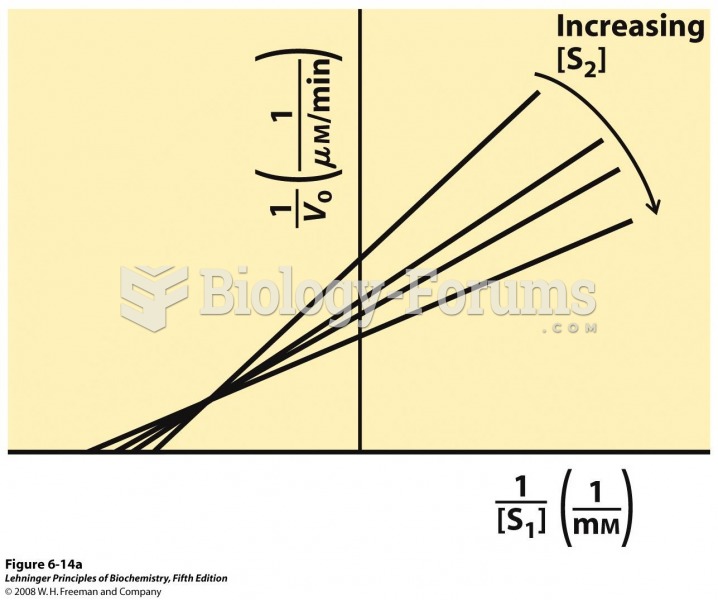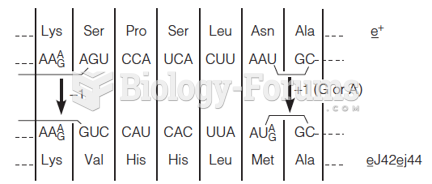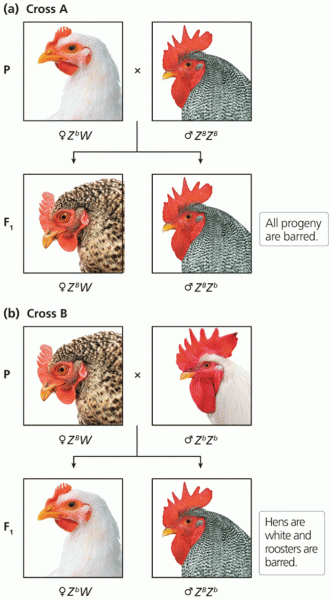|
|
|
The average human gut is home to perhaps 500 to 1,000 different species of bacteria.
Earwax has antimicrobial properties that reduce the viability of bacteria and fungus in the human ear.
People about to have surgery must tell their health care providers about all supplements they take.
All adverse reactions are commonly charted in red ink in the patient's record and usually are noted on the front of the chart. Failure to follow correct documentation procedures may result in malpractice lawsuits.
Common abbreviations that cause medication errors include U (unit), mg (milligram), QD (every day), SC (subcutaneous), TIW (three times per week), D/C (discharge or discontinue), HS (at bedtime or "hours of sleep"), cc (cubic centimeters), and AU (each ear).







